Where do urban archaeologists dig?
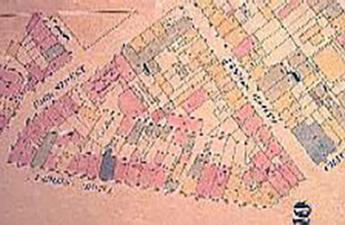
Block 160 as it appears in an 1857 Perris insurance map
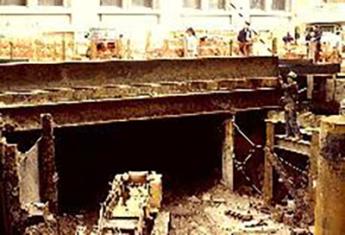
Entrance to the tunnel excavation beneath Pearl Street, looking northeast toward the courthouse across the street
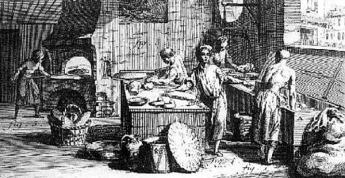
Bakery illustration from Diderot’s mid-eighteenth century encyclopedia
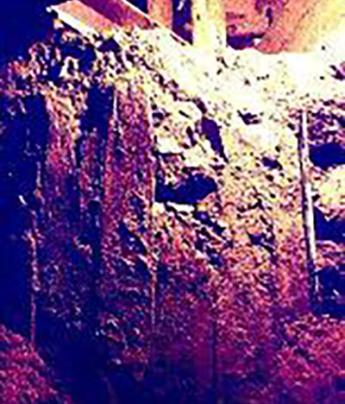
A barrel made of Eastern white pine slats was found at the northeast corner of the tunnel trench; it had been buried in the ground, and probably held the liming solution that was used to loosen the hair from the hides before they were tanned
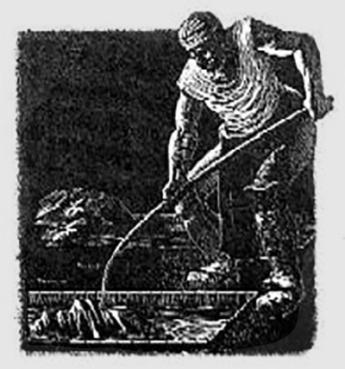
Artist’s impression of tanyard worker from The Tanners by Leonard Everett Fischer — note the long hooked tool the tanner is using to handle the hides
Documentary records
Before archaeologists begin to investigate an urban site, they carefully study the documentary records.
Of particular importance are maps showing how the project area changed over time. Historical research also includes deeds, census records, directories, and contemporary accounts that describe conditions in earlier versions of the city.
Investigating a site
Because deep fill deposits often cover historic landscape features and lot lines, urban archaeologists usually begin to investigate a site with the assistance of heavy equipment.
Backhoes and cranes are used to remove overlying fill deposits and construction rubble that seal old yard surfaces, building foundations, and features. In some situations, the archaeologists monitor work that is being done by heavy construction workers.
In 1994, John Milner Associates monitored construction of the prisoner’s transit tunnel that connects the courthouse with the Metropolitan Corrections Center across the street. Using the tools of the trade (shovels, trowels, folding rules, paper, and pencil), they scraped, measured, and drew the layers of fill and soil that were exposed as the construction workers dug the tunnel.
Undisturbed remains of one of the eighteenth-century tanneries that lined the eastern outlet of the Collect Pond were found between modern sewer pipes and electrical conduits.
The remains included a tanning vat, a bark trench, and a liming pit along with artifacts related to the trade. After the tanneries closed on Pearl Street, artisans built homes and shops in the neighborhood.
Tobias Hoffman, a baker, and his wife, Margaret, lived on Lot 7, now directly under the courthouse; their bakery was on Lot 8 just to the west.
Table and teawares were recovered from Feature AF, a wood-lined privy in the backyard behind the Hoffman’s house that was probably filled about the time of Tobias’ death in 1812.

 U.S. General Services Administration
U.S. General Services Administration




